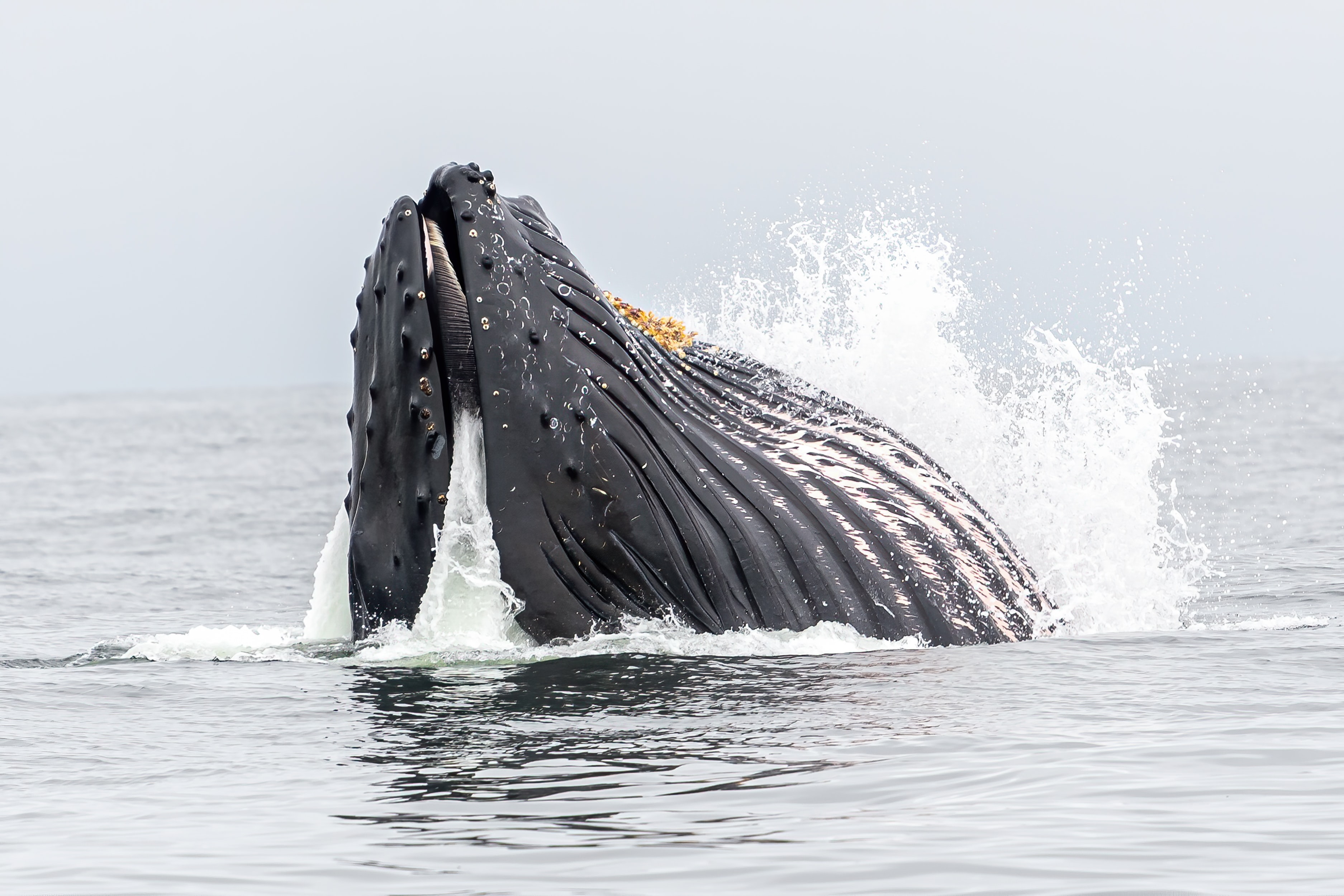Media release
From:
1. Ecology: Estimating microplastic consumption in whales
Filter-feeding whales around the coast of California are estimated to ingest up to 10 million pieces of microplastic per day, reports a modelling study in Nature Communications. The findings suggest that baleen whales may consume the most plastic of any organism, and that microplastics could pose a greater risk to these whales than previously thought.
Baleen whales — which include blue, humpback and fin whales — may be at a particularly high risk of microplastic ingestion due to their filter-feeding behaviours, immense prey consumption and habitat overlap with polluted regions, such as the California Current. However, data on their daily plastic consumption is lacking, preventing the development of exposure risk assessments to understand the health effects on the whales or plans to mitigate the impacts.
To assess whale feeding patterns, and quantify daily microplastic ingestion, Shirel Kahane-Rapport and colleagues combined microplastic data from the California Current with high-resolution foraging behaviour measurements from 191 tagged blue, fin and humpback whales. They found that baleen whales mainly feed at depths of 50–250 metres, where the most microplastics are found. Based on their measurements, the authors estimate that blue whales could consume about 10 million microplastic pieces per day, and humpback whales may consume up to 4 million pieces per day. The authors suggest these whales may be at risk from the cumulative physiological and toxicological effects of consuming microplastics.
The findings highlight that microplastics are an additional stressor on animals that are already recovering from historical whaling and anthropogenic impacts. The authors argue that understanding microplastic ingestion rates and their effects on marine wildlife is crucial to addressing the conservation challenge of plastic waste.



 International
International



